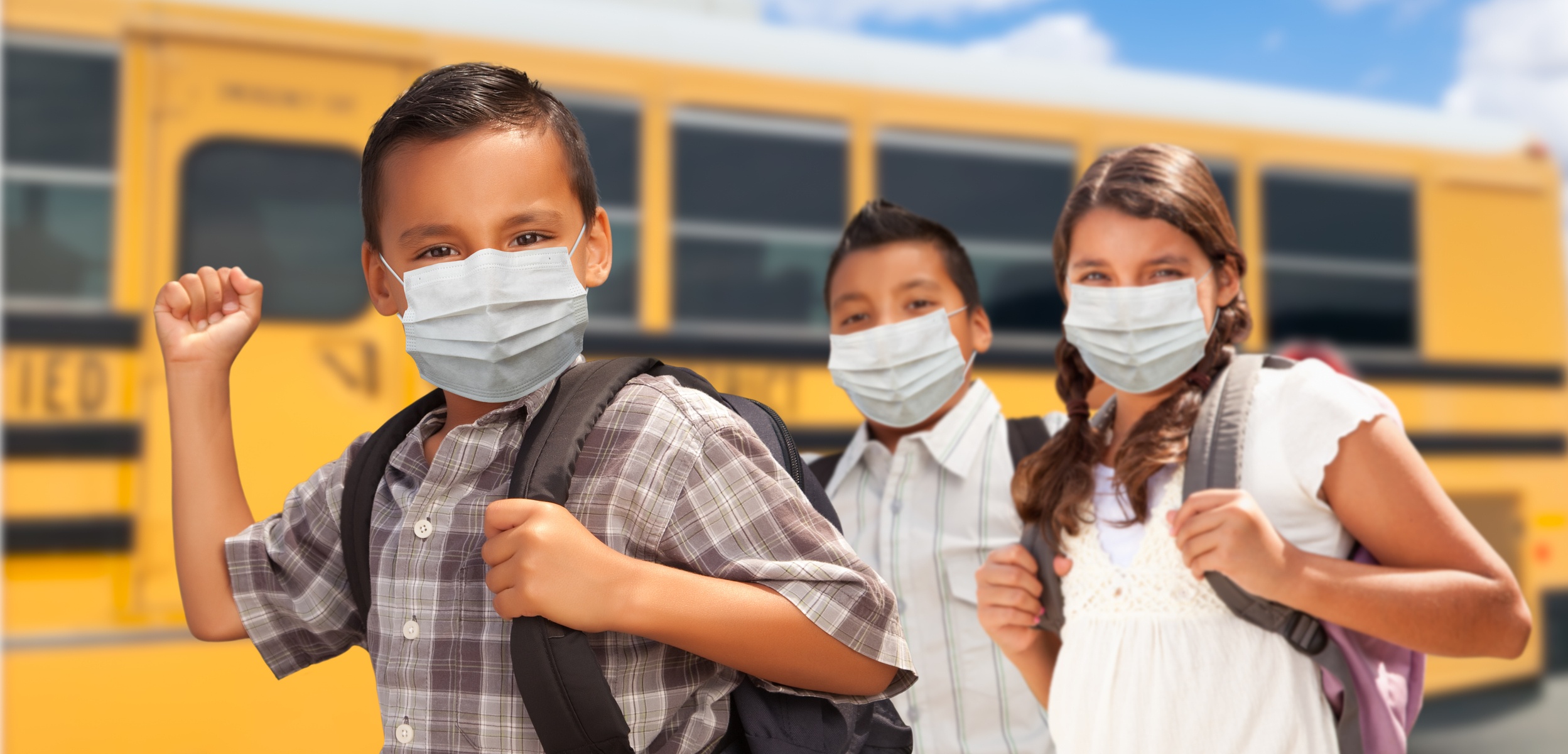
I remember my first school bus run in 1989; my heart beating from the anticipation of transporting students for the first ti me while double clutching and shifting my way to second gear. I remember approaching the bus stop on Gerber Road in Elk Grove, California. I opened the door, loaded students, watched their smiles, heard their laughter, and felt their enthusiasm for a new day. I remember looking in the rear-view mirror of that 91-passenger Crown school bus and thinking, “Their safety and happiness is in my hands.”
This was the first day that I truly bled yellow. The fun and supportive comments we give to the students – and their responses, so unpredictable – is what makes our experience special. The enthusiastic interaction with teachers and para-educators as students exit the bus – that’s what I am talking about! That connection, that important transition from home to school. It would be great if every child could experience the school bus social environment and the meaningful connections established by their school bus driver to start each day.
It has been a while since we have had the opportunity to regularly transport students. Have you found your perspective shifting in this time of physical distancing and isolation? We are learning that we are social beings and reminded during the pandemic of the importance of togetherness. We are learning that togetherness is dependent upon accepting differences and removing barriers that inhibit loving connections which form relationships. It is now, more than ever, a time to value and embrace the moment we have before us to start our children’s day by building relationships!
At this time, we need words and action. We need to stand up on our bus and interact, connect, and establish meaningful relationships. Talk and give freely your excitement to serve the children on the school bus. Let students see your expressions and hear your voice as you spread humor, joy, and loving supportive comments. This effort will be helpful in this time of transition back to school, as the bus environment will look different.
As we return to service, we have added tools to our safety tool chest: hand sanitizer, shields, masks, gloves, more extensive cleaning procedures, and social distancing. With changes upon us, our focus needs to remain steadfast on the foundation of our safe transportation system: driver condition, vehicle condition, driver proficiency, and driver competency.
As we strive to connect and build relationships, we must have a focus on the most important part of safety: the driver. The first part of our foundation for safety is driver condition and our personal health and wellness. How we eat, sleep, drink, and exercise will affect the quality of our health. Our happiness, health, and wellness are essential to serving children and our community.
The second part of our foundation for safety is vehicle condition. We must perform a thorough pre-trip inspection on every bus. This requires us to be in good physical condition, be mindful, alert and in the moment to make certain the bus is safe and ready to transport children.
The third part of the foundation of safety is proficiency. Proficiency is established when you demonstrate mastery of driving your school bus. Proficient drivers respond instantly to activating the amber and red lights; know where the switches are located within the instrument panel. Know how to respond to a braking emergency and how to use your mirrors to steer the rear axle around fixed and movable problem objects. Driver proficiency demonstrates our confidence and competence.
The fourth aspect of the foundation of safe transportation is competency. Competency is when you drive the bus and demonstrate knowledge of federal and state regulations, DMV and state curriculum, and district or company policies and procedures. For example, a competency is established when you demonstrate safe loading and unloading procedures keeping your children safe during these important transitional times. Competency and proficiency increase safety.’
Through this pandemic, we are learning that we are far more than being great at maintaining our foundation of safe transportation. We are learning that we need to be involved with our students and community. We are learning there is more meaning to our craft than driving students to school. Our connectedness prepares students to enter the classroom ready to learn and to continue what they observed on the school bus; that there is joy and fulfillment in connecting with others and establishing meaningful relationships. We are excited to have the opportunity to serve children and our community. Their experience with our school bus environment will strengthen our relationship and keep children safe. We are ready to start their day with a smile.
Matt Sanchez (mmsanche@egusd.net) serves as director of transportation for Elk Grove Unified School District in southern Sacramento County, California. Elk Grove USD buses travel more than 2.5 million miles a year and transport more than 10,000 students each day in California’s fifth largest school district.


